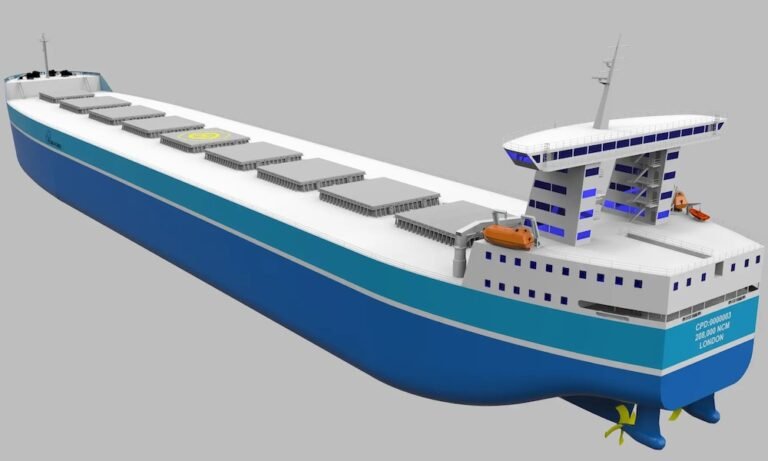The Future of Nuclear Energy in Maritime Shipping
Mikal Boe writes for Splash today on nuclear’s regulatory approval process.
It’s been 114 years since the first diesel-powered ships set sail, marking a significant milestone in maritime history. The advent of diesel engines revolutionized the way we harness energy, leading to advancements in global trade and poverty alleviation.
However, with progress comes challenges, particularly in the form of environmental impact. The global fleet has emitted an estimated 3.6 trillion tons of greenhouse gases into the atmosphere, highlighting the urgent need for cleaner energy solutions.
Nuclear energy emerges as a promising solution due to its high energy efficiency and zero emissions. While Pressurised Water Reactors have been used safely on warships since the 1950s, commercial nuclear-powered ships face obstacles related to insurance and liability conventions.
The Nuclear Energy Maritime Organization (NEMO) aims to address these challenges by revising existing conventions to enable the commercial insurance of nuclear-powered ships. With advancements in nuclear technology, commercially insurable marine reactors are expected to be available by the 2030s.
Unlocking the potential of nuclear energy in maritime shipping requires a comprehensive program that includes regulatory standards, supply chain development, workforce training, and financial investments. CORE POWER is leading the way in building this program, offering a $3 trillion market opportunity in the OECD by 2060.
By integrating nuclear power into maritime shipping, we can achieve significant energy efficiency gains, reduce emissions, and enhance transport and logistics capabilities for global trade. This shift towards nuclear energy holds promise for a sustainable future for both the environment and the economy.

